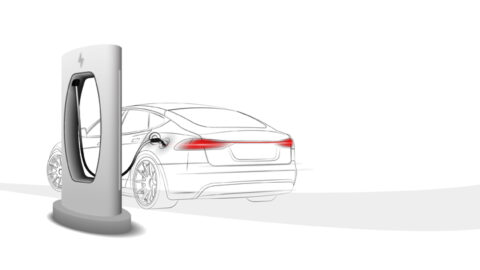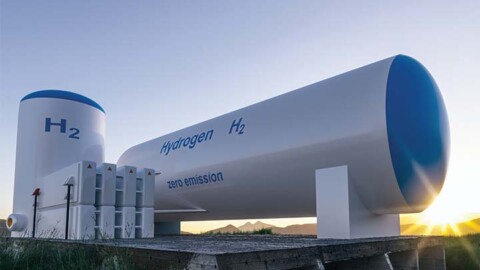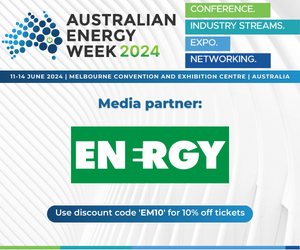By Annabelle Powell, Journalist, Energy magazine
The rooftop solar photovoltaic (PV) sector has seen unprecedented growth since 2016 with the total capacity of rooftop solar PV, now almost 13GW, representing one of the biggest generators in the electricity grid. However, this rapid growth brings about regulatory challenges that pose a potential risk for consumers. The Clean Energy Regulator (CER) was tasked with conducting a review of the sector in order to provide a streamlined regulatory framework to both improve integrity and provide better consumer protection.
In August 2020, Federal Minister for Energy and Emissions Reduction, Angus Taylor, requested the CER to conduct a review into the rooftop solar PV sector, following reports of consumer issues, defective installations, misuse of installer accreditation details, and safety and quality concerns.
In the rooftop solar PV sector, the retailer sells the system and the accredited installer and the registered agent create the small-scale technology certificate (STC). The retailer is in control of the sale of the system to the consumer and arranging for the installation to be carried out, either by contracting a party to do so or using its own employees.
However, the retailer is the one key party not held accountable in the current Small-scale Renewable Energy Scheme (SRES) regulatory framework. When the SRES phases out at the end of 2030, the additional integrity requirements imposed on rooftop solar PV systems claiming STCs will no longer apply.
This has created the need for a fit-for-purpose regulatory framework that streamlines the roles of numerous bodies involved in regulation, including federal and state agencies covering consumer protection, electrical safety, retail practices and economic regulation.
The Integrity Review of the Rooftop Solar PV sector outlines issues within the sector, and makes recommendations for improvement within the SRES.
Consumer concerns
The CER has identified two significant integrity issues in the SRES over the past year:
» A material number of Clean Energy Council (CEC) accredited installers have signed written statements for eligibility of systems for STCs when they had not been onsite during installation, leading to compliance action. The CER also found evidence that some installations may have been undertaken by persons undertaking electrical work without a relevant electrical licence
» The integrity and accuracy of serial number data supplied by a manufacturer to the voluntary solar panel validation (SPV) system, and questions over whether some panels met the eligibility requirements set by the CEC
The review includes a submission from the Australian Competition and Consumer Commission’s (ACCC) outlining 30
areas of concern, including:
» Retailers and salespeople making false and misleading claims on panel origin, quality, output and price
» Consumers experiencing faults are referred to multiple different parties, who all dispute liability in the warranty process
» Use of high-pressure sales tactics and unconscionable conduct targeting vulnerable consumers
» Failure to connect the system in a timely manner resulting in financial loss through missed tariffs and paying for a system that is not operating
» Solar retailers phoenixing to avoid obligations under the Australian Consumer Law (ACL)
Key proposed changes
The review recommends that the Australian Government set all scheme eligibility requirements in regulations and through the CER, and that all enforcement be undertaken by the CER, including in relation to accredited installers, retailers and component manufacturers.
This would replace the current co-regulation arrangement with the CEC. The review states the Australian Government should be in control of setting all scheme eligibility criteria and enforcing compliance. The review finds the CEC has undertaken its regulatory roles diligently over a long period.
However, it is difficult for the CEC to undertake enforcement against accredited installers and component manufacturers when it doesn’t have the statutory investigation powers of a Commonwealth regulator.
Therefore, the review recommends a single regulator with the typical statutory powers and capability of a Commonwealth regulator to be a stronger deterrent to non-compliant behaviour and enable more effective enforcement.
Additional proposals include holding to account poor-performing retailers, requiring accredited installers to prove they have been onsite to make the written statement of STC eligibility and increasing component quality checks and stronger accountability for component manufacturers.
Recommendations
Some of the key recommendations made by the CER include:
» The CER is given responsibility for setting the rules and framework for an installer accreditation scheme
» The CER is given the power to approve eligible installer accreditation schemes
» The CER require additional training for accredited installers on their legal obligations in making a written statement of eligibility for STCs
» The CER is given responsibility for setting the rules for listing key solar PV components (solar panels
and inverters) as eligible for Commonwealth entitlements in the form of STCs
Protecting a world-class solar sector
The Federal Government has committed $19.2 million to implement reforms in the sector, and has announced its support for the review’s recommendations, including:
» Giving the CER the power to set the eligibility requirements for, and oversee the operation of, installer accreditation schemes and the listing of approved solar components
» Implementing new streamlined reporting requirements for installers, solar retailers and manufacturers
» Giving the CER more effective powers to monitor and enforce compliance with respect to installers, retailers and manufacturers Mr Taylor said, “Protecting the integrity of a system that has such a wide-ranging impact on Australian households and businesses is a top priority for the Government.
“These reforms will ensure that those solar retailers, installers and manufacturers who are found to be doing the wrong thing are held to account.
“Improving the regulatory framework will help put an end to the safety and quality risks plaguing the sector and help ensure the safe and successful rollout of solar PV in Australian homes and businesses into the future.”
Refined regulations welcomed
The Clean Energy Council welcomed the review and the measures outlined to improve regulation and compliance of the rooftop solar PV sector.
Clean Energy Council Chief Executive, Kane Thornton, said that it is appropriate to continually reflect and improve the regulatory framework to ensure industry integrity and proper oversight.
“We welcome the greater role for the CER to leverage the compliance and enforcement tools of a Commonwealth agency to crack down on the worst behaviours in the industry,” Mr Thornton said.
“The solar industry has already begun acting on a number of these recommendations, including the requirement for installers to be on-site during installations, increased training and awareness about the expectations on installers.”
Australia’s renewable future
Australia currently has the highest uptake of solar in the world; and with solar being our largest source of renewable energy, it’s vital the sector is able to continue its roll out effectively in order to achieve Australia’s 2050 net zero target.
Implementing the recommendations of the review is expected to ensure safety and integrity are not lost in the fast-paced growth of the rooftop solar PV sector, and that consumers are protected.

















